 I’m very excited to announce that I’ve been selected as one of the History Channel’s Community Curators! Along with several other genre experts, I created a list of my all-time favorite movies in my special category (film noir). Each of them has a short synopsis.
I’m very excited to announce that I’ve been selected as one of the History Channel’s Community Curators! Along with several other genre experts, I created a list of my all-time favorite movies in my special category (film noir). Each of them has a short synopsis.
My recommendations for the Best of Film Noir can be found on the site’s shop section, home to a rich variety of contemporary and classic films.
 I’m really happy to be associated with the History Channel (HISTORY®), which describes itself as the leading destination for top quality entertainment programming, with award-winning original series and event specials that connect viewers with history in an informative, immersive and engaging manner across multiple platforms. The network’s all-original hit series includes American Pickers®, Ice Road Truckers® and Swamp People® as well as epic specials such as the Emmy® Award-winning Gettysburg.
I’m really happy to be associated with the History Channel (HISTORY®), which describes itself as the leading destination for top quality entertainment programming, with award-winning original series and event specials that connect viewers with history in an informative, immersive and engaging manner across multiple platforms. The network’s all-original hit series includes American Pickers®, Ice Road Truckers® and Swamp People® as well as epic specials such as the Emmy® Award-winning Gettysburg.





![rolling-stones-crossfire-hurricane-key-art-4[1]](http://www.filmnoirblonde.com/wp-content/uploads/2012/11/rolling-stones-crossfire-hurricane-key-art-41.jpg)
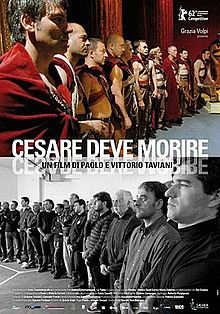



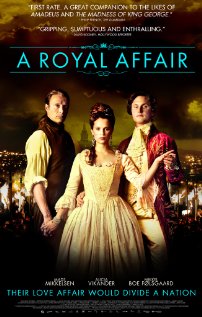



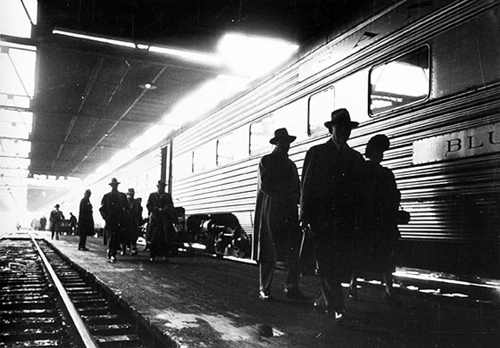


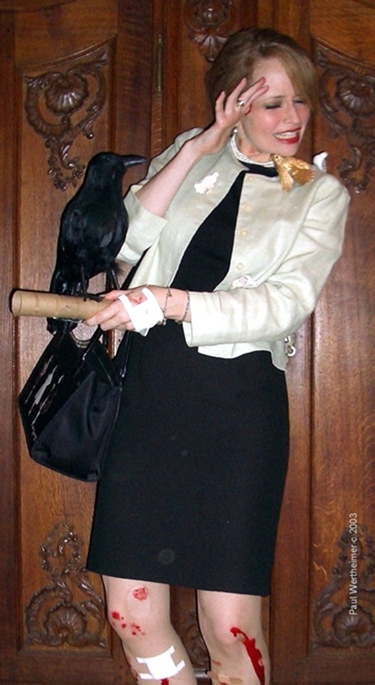
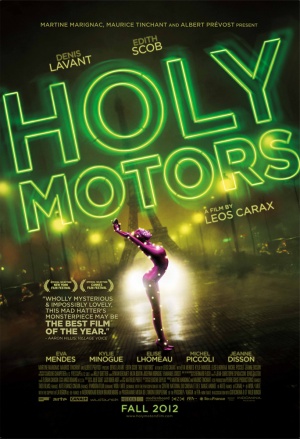

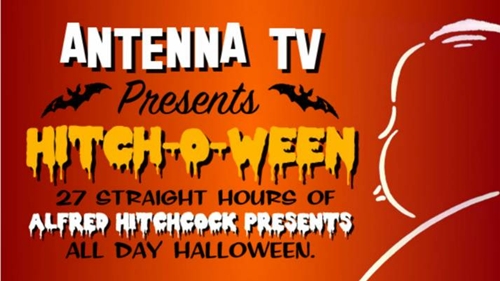





From FNB readers